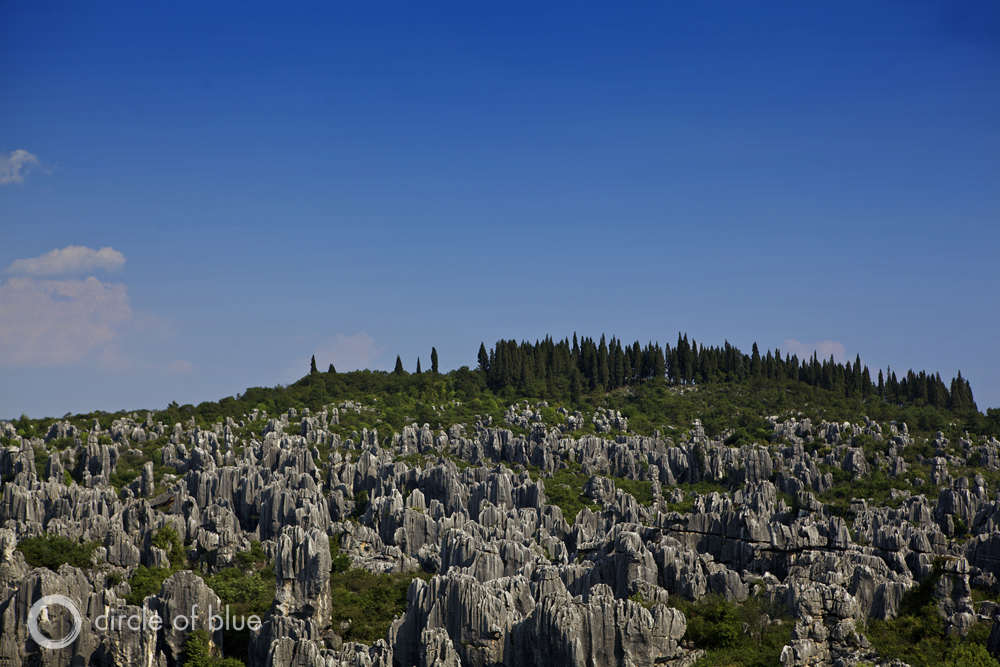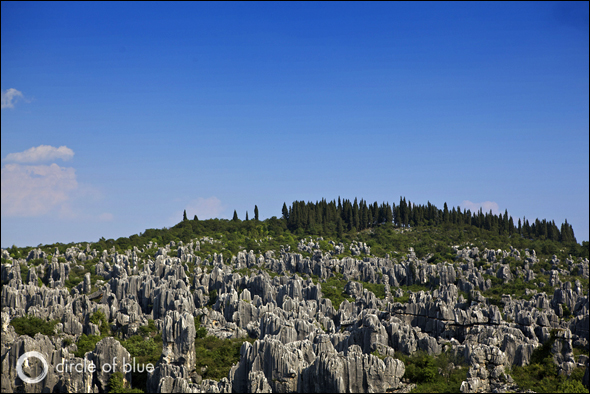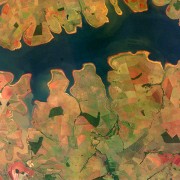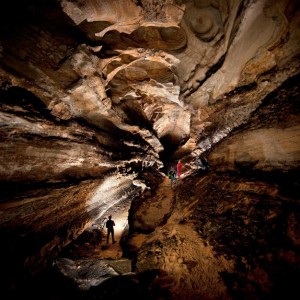‘Romeo and Juliet’ of China Captured in Karst
The natural and spiritual worlds collide in China’s Stone Forest.
Sadly, I have never been to Shilin — the “Stone Forest” in Yunnan Province, China. But like many Chinese, I have been captivated since I was a small child by the tragic love story of Ashima. This ancient folktale is intertwined with the towering spires in Shilin — it is Romeo and Juliet in karst stone.
Among all the scenic spots in Shilin, the rock of Ashima in the Small Stone Forest is the most famous. This rock resembles a girl, with a kerchief on her head and a bamboo basket on her back. The shape and expression are surprisingly lifelike. Tourists dress up in traditional Sani — a branch of the Yi ethnic group — dresses to strike the same pose next to the stone girl.
In the folktale, the beautiful Sani girl Ashima symbolized hope for freedom and eternal love. She fell in love with Ahei, an orphan adopted by her family when he was 15 years old. Ahei also deeply loved his beautiful step-sister. One day, Azhi, the son of the wealthy village merchant, spied Ashima in the market and was captivated by her beauty. He plotted to kidnap her when Ahei was in the fields during the autumn harvest. After stealing Ashima away, Azhi did everything in his power to force her to marry him, but she refused.
Upon learning of Ashima’s kidnapping, Ahei rushed back to the village but could not enter into the well-secured house of the wealthy merchant. When force didn’t work, Azhi proposed a song contest with Ahei, a traditional way in Yi culture to settle disputes; Ashima would go with the winner. The singing duel lasted for three days and three nights. Ahei won and Ashima was able to return to the man she loved.
Unwisely, Azhi and Ashima agreed to stay in the merchant’s house after the contest. During the night, Azhi unleashed three tigers to attack Ahei. With only three arrows, Ahei killed the tigers. Azhi then allowed the two lovers to leave.
Angry over losing Ashima, Azhi decided to kill the couple. When Ashima and Ahei were relaxing by a river one day, Azhi had a dam breached and Ashima drowned in the flood, her body drifting away. Ahei kept calling Ashima’s name, but he heard only the echo of his voice.
Ashima’s body was retrieved by a stone goddess, who turned her into a stone standing by the river for Ahei to find. He frequently visited her stone image and called out her name. He believed the echoes of his voice were really that of his beloved Ashima. Ahei felt that he and Ashima had never really separated from each other.
This folktale was orally passed down through Sani and Yi communities for generations and was first written down in Chinese in the 1940s. The story was turned into a hugely popular film in the 1960s. The actress who played Ashima became a national celebrity at the time, and the film made Ashima and Ahei household names. A Chinese ballet was also choreographed around the story and is considered one of China’s finest modern dance performances.
The story of Ashima is but one of many folktales passed down in Shilin, a geological miracle with origins that go back more than 270 million years. It is not known whether these naturally occurring “stone trees” inspired the folktales or if storytellers found formations of rocks (see more stunning images of China karst landscapes in our slideshow) that captured the images of their characters. In this and other folktales, the boundary between nature and culture is intertwined.
Yue Ada Wu, a research assistant with the Wilson Center’s China Environment Forum, was raised in Nanjing, China.
Circle of Blue provides relevant, reliable, and actionable on-the-ground information about the world’s resource crises.












